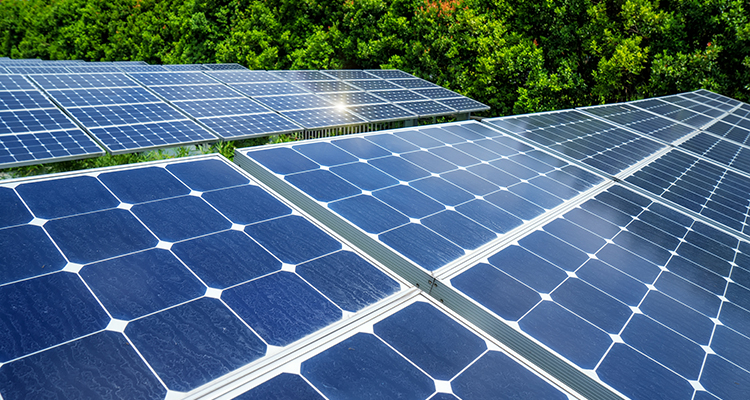Turnkey systems as an investment asset: this is what distinguishes them
Solar plants are one of the most popular investment projects. Investors should be able to expect safe returns and a stable earning, while operating costs remain manageable. Operational systems in particular are highly regarded. A bit out of focus are turnkey systems – unjustly, as can be seen on closer inspection.
Does the conceptuality bear a blame for the weaker reputation? The word ‘turnkey’ describes the concept of the system very precisely. The systems are delivered in a state in which they have been connected directly to the mains.
Turnkey systems: selling at different project phases
This does not mean that the time of acquisition must be at the end of the construction phase. Turnkey systems are handed over “ready to go”, but the sales take place at different project phases. If system A is close to the main connection, the planning phase has just been completed for system B. It may therefore be necessary to spend part of the investment sum at an early stage – for example for roofing or assembly work. This is comparable with property development projects for real estate, which are to be paid according to the construction progress in fixed tranches.
Investors in turnkey systems must take three risks: construction risk, follow-up risk and risk of earnings. These risks can be managed professionally. The building risk can be minimized through a thorough vendor evaluation. Is he solvent, does he have appropriate references and experiences, is the object suitable and will commercially available components be installed? In addition to the statutory requirements for feed-in tariffs, the grid operator’s feed-in guarantee and, if necessary, important management rights provide a high degree of grid connection safety.
In contrast to stockpiles, there is, of course, no way of knowing how high a plant’s income is, but the technology is now so sophisticated that usually no significant differences should come up after initial profit assessments. Again, the quality of the components and the construction work must be considered.
The investment in early project phases also opens up remarkable opportunities. In individual cases, investors are already involved in a project early enough to allow them to influence the selection of the components directly. Solar modules and inverters are selected according to their own quality standards – a clear plus.
Added to this is the advantage of the current favorable financing conditions. While in the case of existing investments, older, expensive financing is often required to be taken over or replaced, new financing is available for turnkey investments – at the current historically low interest rates.
Expected returns comparable to those of existing investments
The final question regarding the return remains: Here, operational and turnkey systems ultimately do not differ. Naturally, the price of the development and construction depends on the cost of the components and the construction costs. These too are historically low.
However, the actual selling price of the turnkey system is the same as the price of an existing investment: the surplus from the income, minus the costs, is discounted to the remaining term – this can also be confirmed by a short analysis of the PV plants offered at Milk the Sun. The risks for new investments are manageable. Acquiring your plant system-ready is a serious, lucrative option.
Title image: asharkya/Shutterstock





